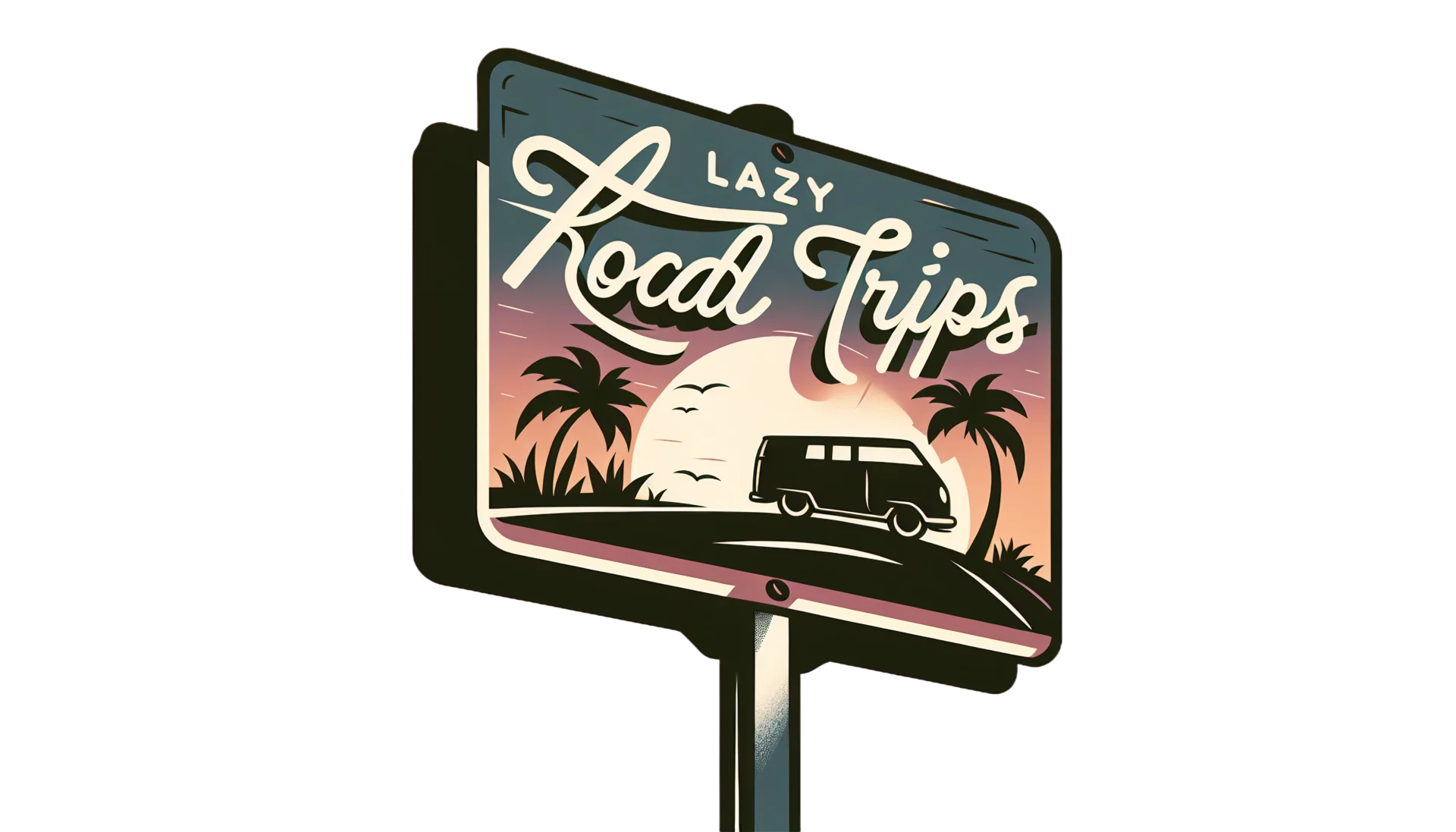Here’s a cautionary tale that’s been making the rounds in the RV community. A couple’s dream of hitting the open road in their shiny new gooseneck RV took a nosedive almost immediately.
Instead of rolling into adventure, they watched their life savings disappear into a black hole of repairs. Their experience is a glaring reminder—don’t skip the inspection or rush into such a big purchase.
Let’s get into what happened and maybe figure out how to dodge a similar mess.
The Dream Purchase: A Gooseneck RV
Buying a gooseneck RV sounds like the ultimate ticket to freedom, right? These rigs are roomy, stable, and you can tow them with a pickup.
This couple spent years saving up, picturing endless road trips and unforgettable moments. The extra living space and towing power really sold them on the gooseneck design.
The Initial Excitement
They finally bought it—and couldn’t have been happier. National parks, backroads, quirky roadside attractions… it was all within reach.
The RV had everything they wanted. We’re talking a real kitchen, a comfy bed, and all the bells and whistles.
The Unforeseen Challenges
But the excitement didn’t last. Almost right away, problems started popping up.
Some were just annoying, but others were serious and expensive. Each new issue chipped away at their enthusiasm and their bank account.
Pretty soon, it became clear their “dream” RV was hiding a lot of ugly secrets.
Mounting Repair Costs
The deeper they looked, the worse things got. The list of repairs was brutal:
- Leaking roofs and windows
- Electrical systems that just wouldn’t cooperate
- Plumbing headaches
- Structural problems they never saw coming
Every fix cost a fortune and pushed their travel plans even further away. Instead of exploring, they spent endless days at repair shops, frustrated and honestly pretty heartbroken.
Lessons Learned: How to Avoid Similar Pitfalls
What happened to them is a tough lesson for anyone thinking about buying an RV. Let’s talk about what you can actually do to protect yourself.
Conduct a Thorough Inspection
First off, don’t skip the inspection. And don’t just glance around—really dig in:
- Bring in a pro RV inspector
- Look hard for leaks and water damage
- Test every electrical switch and water line
- Check the structure for anything sketchy
A good inspection might save you thousands and a ton of regret later.
Research the Manufacturer and Model
All RVs are definitely not built the same. Some brands are just better, period.
Do yourself a favor and:
- Read what other owners are saying
- Dig up the model’s track record and typical problems
- Hop into RV forums—people there don’t hold back
If you put in the time, you’re way less likely to end up with a lemon.
The Importance of a Contingency Fund
No matter how careful you are, surprises happen. It’s smart to stash away some extra cash for those “just in case” repairs.
Having a backup fund takes a lot of the pressure off. That way, a blown water pump or busted slide-out doesn’t totally ruin your trip.
Planning for the Worst
It’s not fun to think about, but stuff goes wrong. So plan for it:
- Set aside part of your budget for repairs
- Get solid RV insurance—don’t cheap out
- Keep a list of good repair shops on your route
If you prep for trouble, it’s a lot easier to handle whatever the road throws at you.
Conclusion: Turning a Cautionary Tale into a Success Story
The couple’s rough experience with their gooseneck RV really highlights why you can’t skip out on due diligence. It’s worth taking the time to inspect your future RV inside and out.
Look up the manufacturer and the specific model before you buy. It’s smart to have a backup fund for unexpected repairs—nobody wants to burn through their savings on fixes instead of fun.
If you’re curious about all the details, check out the full article on Autoevolution. The open road’s calling, but a little planning never hurts. Safe travels, and may your adventures be smoother than theirs!


